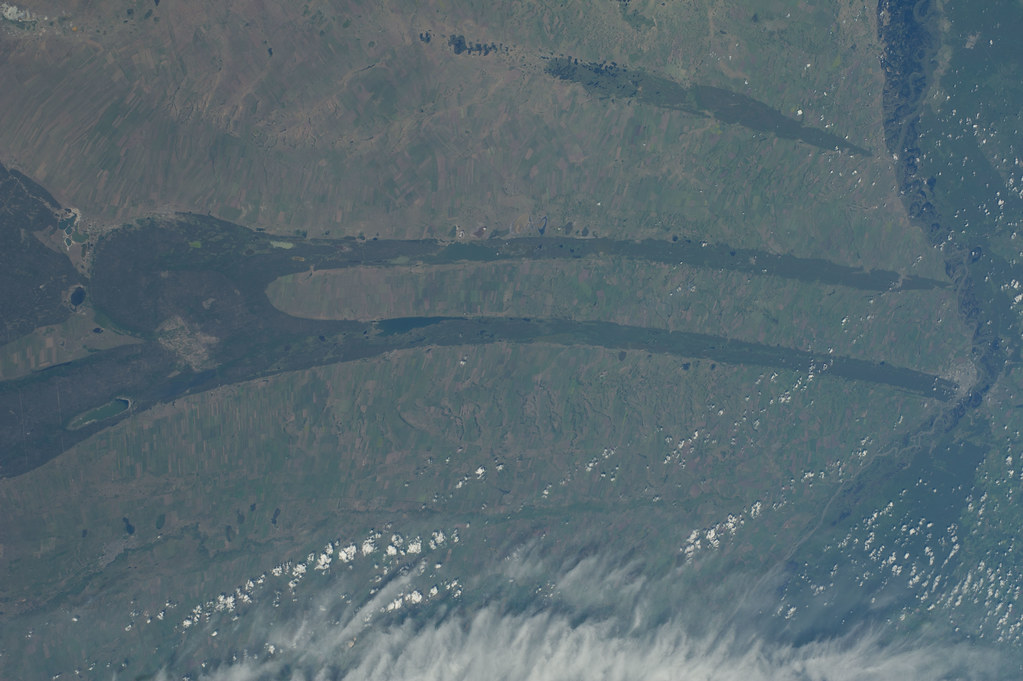Mode choice is one of the most vital stages in transportation planning process and it has direct impact on the policy making decisions. Mode choice models deals very closely with the human choice making behaviour and thus continues to attract researchers for further exploration of commuter’s choice making process. The objective of this study is to carryout detailed review on various modeling methods of mode choice analysis and bottlenecks associated with the same. The factors that affect the psyche of the travelers have been discussed; further various types of data required and their method of collection has been briefed up. This paper particularly emphasizes on statistical mode choice models such as multinomial logit and probit models as well as recent advanced soft computing techniques such as Artificial Neural Network models (ANN) and Fuzzy approach model that are employed for modal split analysis. Comparative analysis were made among various modeling techniques for modeling the complex mode choice of behaviour of models carried out by various researchers in the literature and a discussion on the need of future hybrid soft computing models has been attempted.
more about urban travel behavior:


